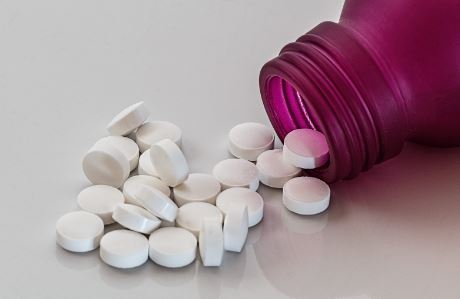Sept. 28, 2020
Contact: DNR-Public-Info@Michigan.gov
Michigan out-of-doors open for fall fun
Some DNR facilities, including customer service centers, remain closed
As the weather cools and foliage warms to vibrant yellows and reds, there’s plenty to do in Michigan’s great outdoors. From hiking and biking the more than 13,000 miles of picturesque trails spanning both peninsulas to taking fall color tours or camping adventures at state parks, Michigan is open for fall fun.
At the beginning of the coronavirus emergency, the Michigan Department of Natural Resources closed or limited access to many sites and facilities to help slow the spread of COVID-19 and protect the health and safety of customers, volunteers and staff. Some of those places remain closed, some are open only by appointment, and other activities and locations are fully available to the public. The DNR will continue to evaluate sites and facilities on a case-by-case basis and change open/closed/limited status as needed.
What’s open?
Some activities were never closed, such as day visits to state parks, fishing, hunting and trail use. Michiganders could always enjoy these activities, and still can, while practicing proper safety protocols. Open recreation resources include:
- State-managed motorized and nonmotorized trails.
- Some DNR-managed harbors, with many accepting reservations through October.
- DNR-managed boating access sites, with a few exceptions due to high water levels.
- State parks, including most campgrounds and park amenities. A Recreation Passport is required for vehicle entry into state parks.
- State forest campgrounds.
- Visitors centers, though some have reduced days and hours of operations.
- Some DNR-managed historic sites and museums, though the regular season close dates vary by location. Check ahead before visiting.
- DNR shooting ranges, staffed and unstaffed, some with revised hours and restrictions. The Dansville range in Ingham County remains closed due to staffing limitations.
- Deer check stations, though the number open and hours of operation will be reduced.
What’s closed?
- DNR customer service centers and field offices are closed to walk-in traffic, but available by appointment.
- State park headquarters buildings.
- In Detroit, the Anna Scripps Whitcomb Conservatory and Belle Isle Aquarium on Belle Isle and the DNR Outdoor Adventure Center.
- Ralph A. MacMullan Conference Center on Higgins Lake.
- Some historic sites and museums, including the Michigan History Center and the Michigan Iron Industry Museum.
- Archives of Michigan, although reference services are available through virtual appointments or by contacting Archives staff at 517-335-2576 or Archives@Michigan.gov.
- Fish hatcheries and weirs. Although the fish are still cared for by DNR fisheries staff, the facilities are closed to the public.
Keeping safe during COVID-19
No matter how you choose to enjoy the outdoors, it’s important to protect yourself and others by following simple coronavirus health and safety protocols.
In all locations, stay at least 6 feet from people who aren’t from your household. This includes enclosed spaces, campgrounds, day-use areas and deer check stations.
Wear your face mask. Gov. Gretchen Whitmer’s Executive Order 2020-147 requires everyone to wear a face covering when in indoor public spaces, including restrooms/shower buildings, contact stations and visitor centers. It also requires the use of face coverings in crowded outdoor spaces when 6 feet of space cannot be maintained.
If you have a fever or respiratory symptoms or just aren’t feeling well, please stay home. In addition, when visiting locations, respect established capacity and safety guidelines.
When visiting shooting ranges, please bring your own materials such as sandbags, spotting scopes, carpet squares and eye and ear protection. These items will no longer be provided due to the difficulty in keeping them sanitized. |








